Giro’s new Imperial road cycling shoe is the most expensive shoe it’s made to date, with a retail price of £374 / $425 / €429.
Rather than entering the lightweight race and going up against Specialized, with its new flyweight EXOS, or Mavic’s gob-smackingly light and expensive Comete Ultimates, Giro has designed the Imperial to combine lightweight elements from its svelte Prolight Techlace shoe with the practicalities of a BOA for comfort and practicality.
- Best cycling shoes: 9 top-rated road shoes to suit a range of budgets
- Specialized claims 99g S-Works EXOS 99 is lightest production shoe ever made
Easton's EC90 SLX carbon plate has been used rather than the lighter Textreme version found on Giro’s Techlace because the SLX carbon plate is made from hardier stuff. SLX is only around 5g heavier than the equivalent Textreme, but is more resilient to impacts, chipping and scratching.
The sole has also been equipped with a replaceable heel bumper for further protection, while the shoe’s upper uses Japanese company Tijin's TPU materials, same as the Prolight, but the construction has a little more mass.
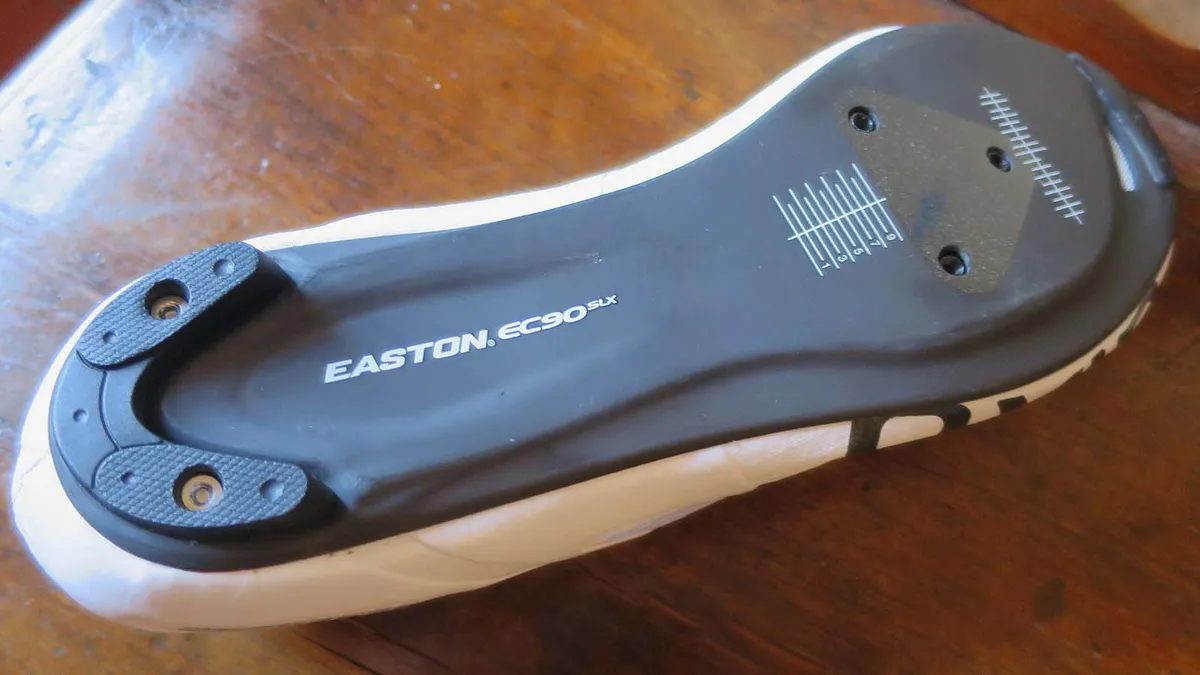
The foundation of the shoe’s upper is a micro-mesh for a little stretch and plenty of breathability, then a Tijin microfibre reinforcement layer is applied. This gives the upper its structure, which is finished with a microfibre film top sheet — replete with padded sections.
This is then thermally welded together to create an upper with a single seam that runs down the heel on the outside and away from your foot. So the internal of the Imperial is smooth, seam-free and, as a result, should be more comfortable.
The fit is governed by twin BOA dials, and the lacing of the BOA wire emulates that found on the Techlace. Giro was quite late to the BOA party however, and when I asked why, Giro’s brand manager Eric Ritcher explained that “We didn’t go for BOA until we were convinced that we could get the same fit and comfort as we did with our previous shoes, with the Empire as the benchmark for that.”
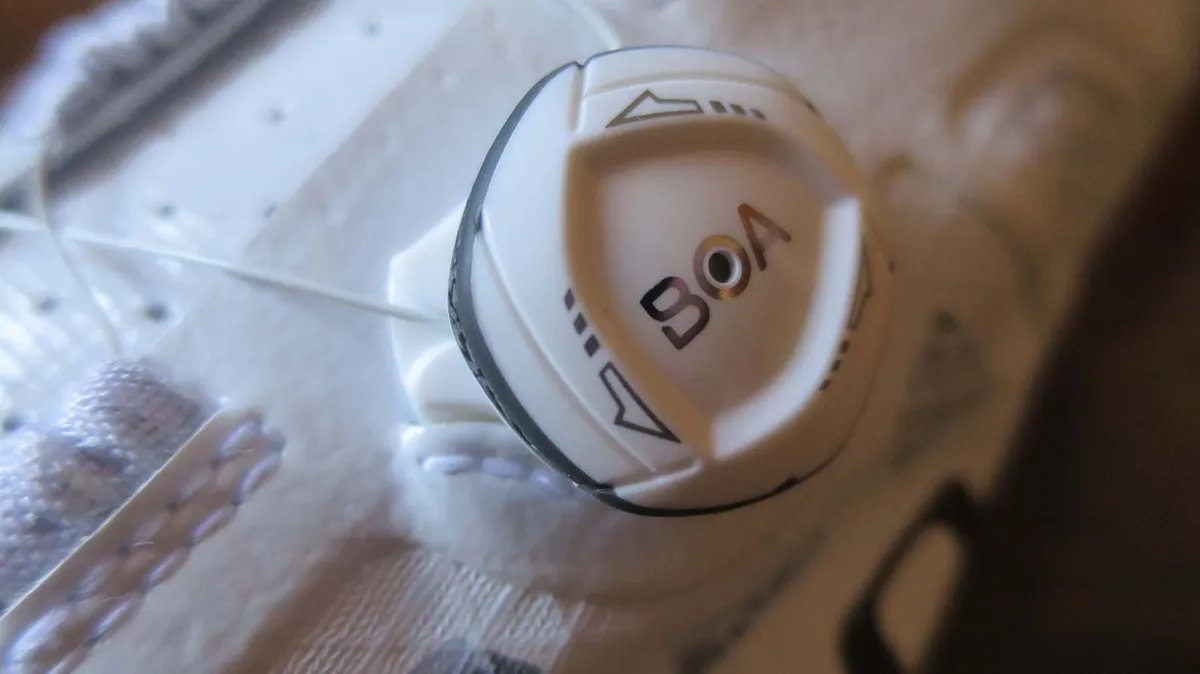
It’s interesting that Ritcher mentions the Empire, because plenty of Giro’s pro riders have been wearing the Imperial ahead of its launch. The eagle-eyed among you will have noticed Taylor Phinney’s lace-up Giro’s with Prolight/Imperial style uppers. Ritcher confirmed that there will indeed be a lace-up Empire version of the Imperial in the future.
So, with the traditional-style lacing on the Imperial and the BOA wires, which are anchored using soft webbing guides rather than hard-plastic fixed units, it means that when cinching up the dials they pull and tension more naturally with the upper resisting creasing or cramping around the guides.
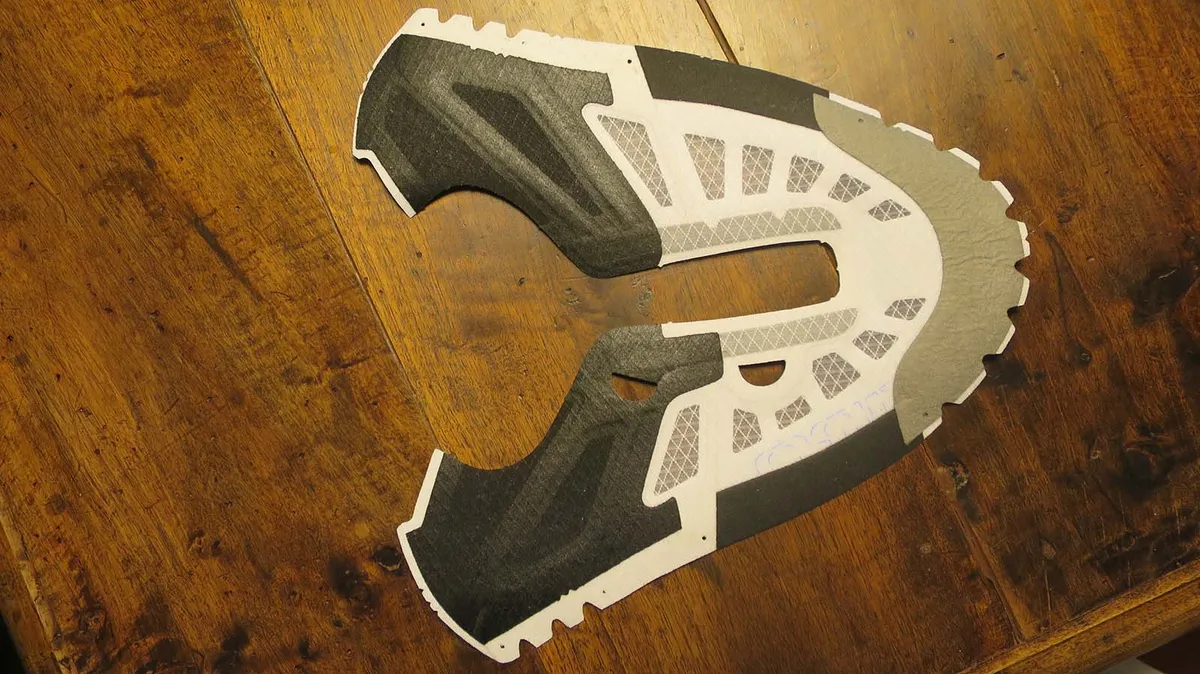
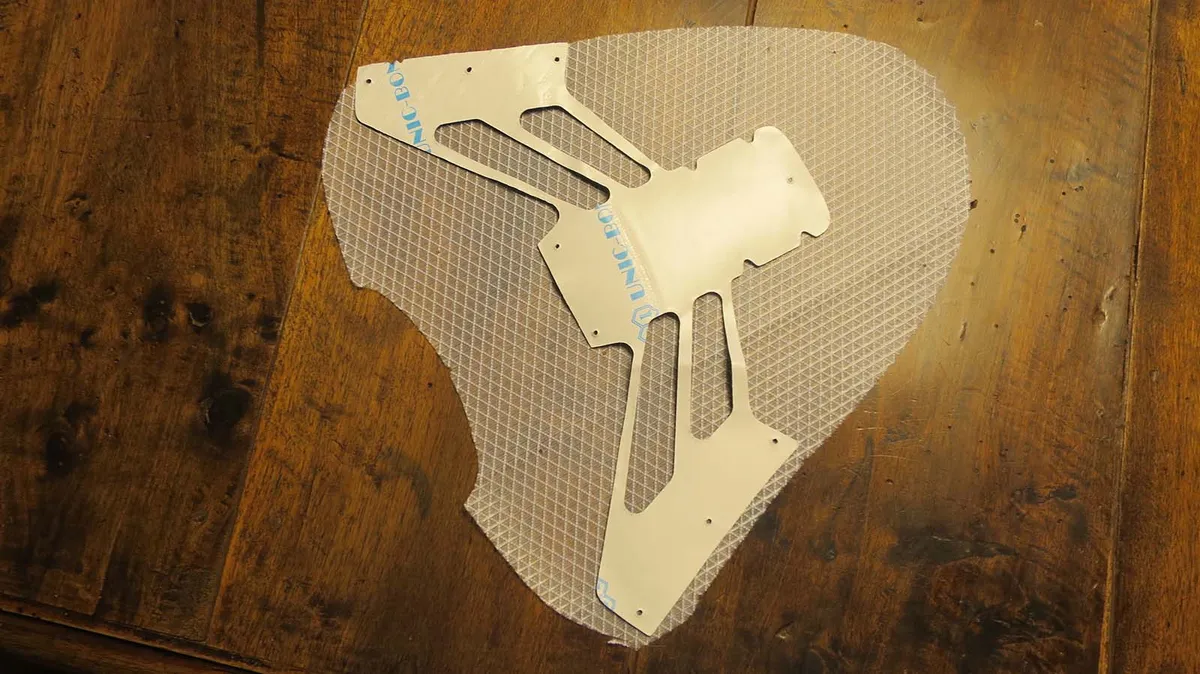
The opening (or throat of the shoe) also mimics the Empire’s symmetrical U-shape. Ritcher tells me that according to Giro’s research this style of opening suits more foot shapes than any other, so will work for those with bigger volume feet, and wider or flatter shapes too.
Inside Giro has carried over its Supernatural footbeds with the adjustable arch support (inserts come with the insoles for low-medium-high support) and Giro says you can use custom footbeds in the shoe too.
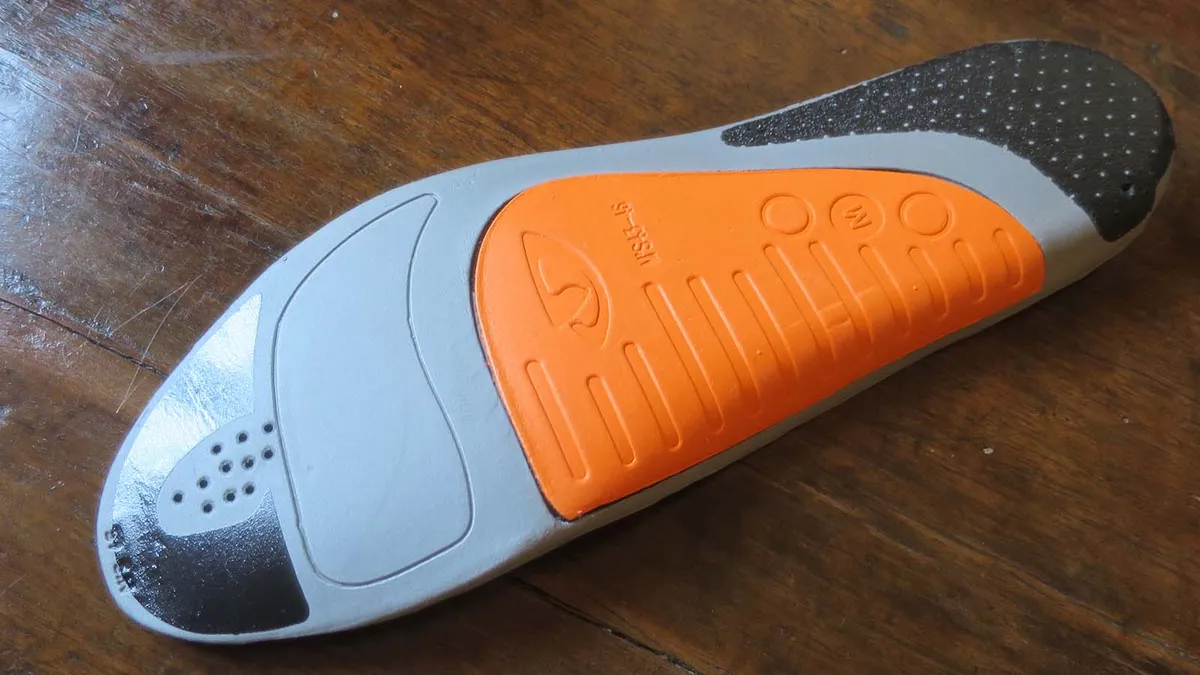
Size wise, the Imperial gets a wide range from 39 to 48 with half sizes between 42.5 and 45.5. They will be available in crystal white (pictured), charcoal black or a rather fetching bright red.
The Imperial will replace the Factor Techlace in Giro’s line-up and, like all of Giro’s products, will come with a 60-day comfort guarantee. That means you can wear these for up to 60 days and if you don’t get on with them they can be returned and refunded.
Giro Imperial first ride impressions
So far, I’ve ridden the Imperials for three days straight in the hot conditions of Tuscany, and I’ve been plenty impressed.
The overall feel is very much like a sweet-spot combination between the Empire knit and the flyweight Prolight Techlace; you get the cossetted comfort of the Empire and the airy breathability of the Prolight.
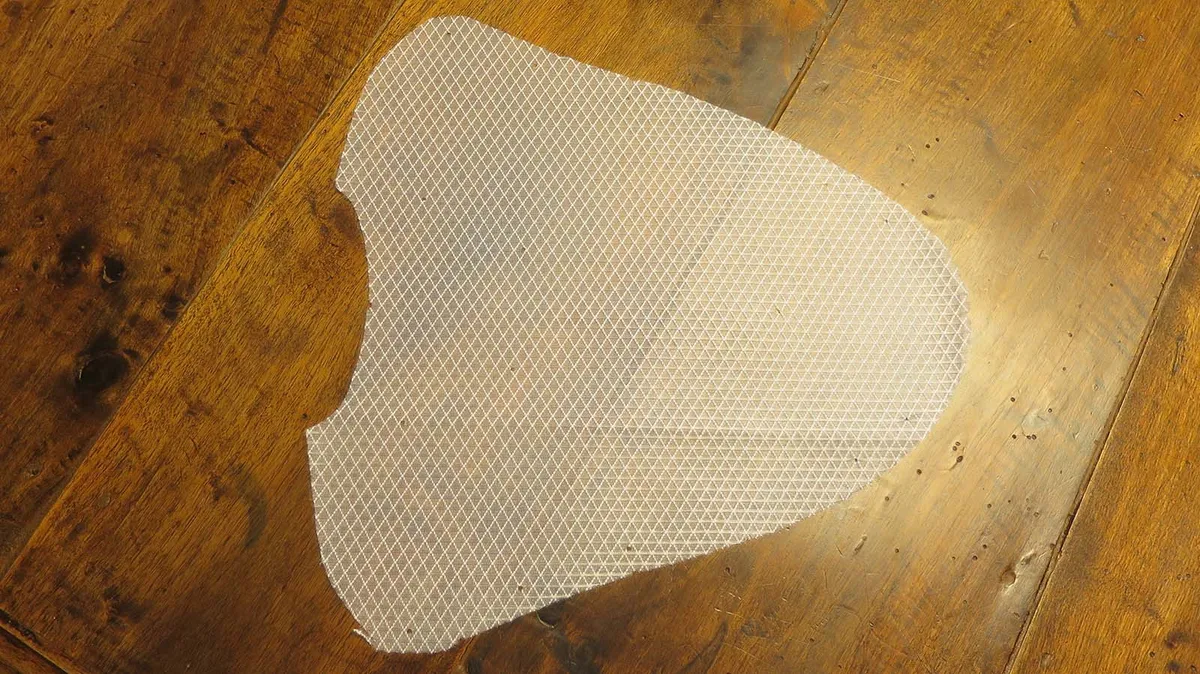
After a five-hour ride in the heat my feet were the most comfortable part of me, long after the wicking properties of my jersey and bibs had been overwhelmed. My feet still felt comfortable, with the open mesh nature of the upper keeping my feet cool and wicking away moisture superbly well.
My test pair of 45.5s weighed 538.8g a pair (269.4g each) compared to the similarly priced flyweight S-Works EXOS, which weighs 347.2g a pair and the Prolight Techlace at 384g a pair. The Imperials are more of an all-rounder than those hot-dry-race-day-only options though.
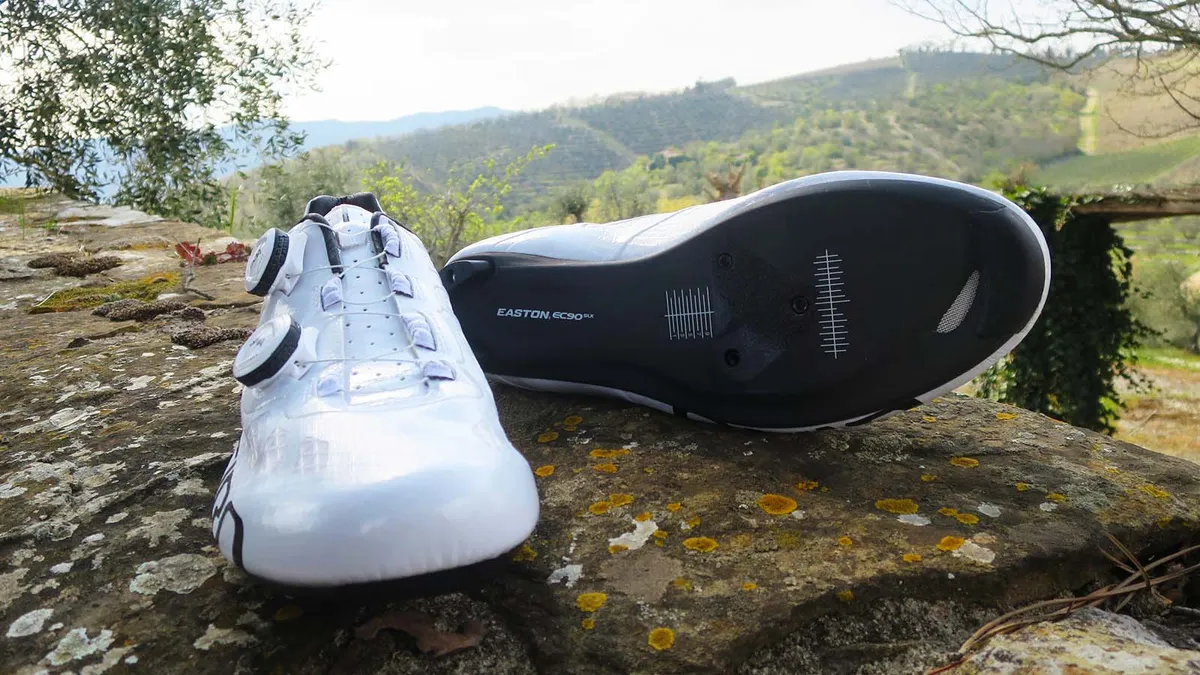
The Imperials are a seriously pricey shoe, in line with Specialized’s S-Works, Bont, Sidi and others, but they are among the most comfortable I’ve tried. The BOA system works brilliantly and the smooth flexibility of the upper is a match even for custom-fit shoes.
The breathability is excellent too, but you wouldn’t want to wear them in the rain without covers, which means you could think of them as a summer-only shoe. However, I for one would prefer to have this level of comfort all-year round.
